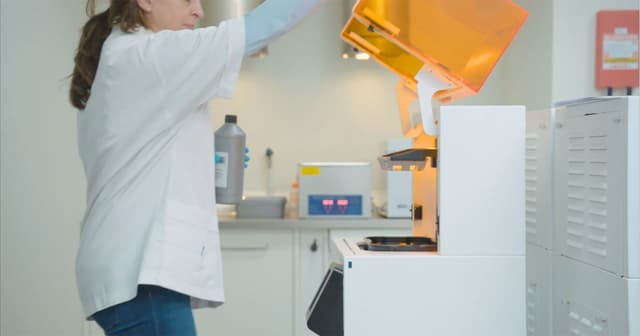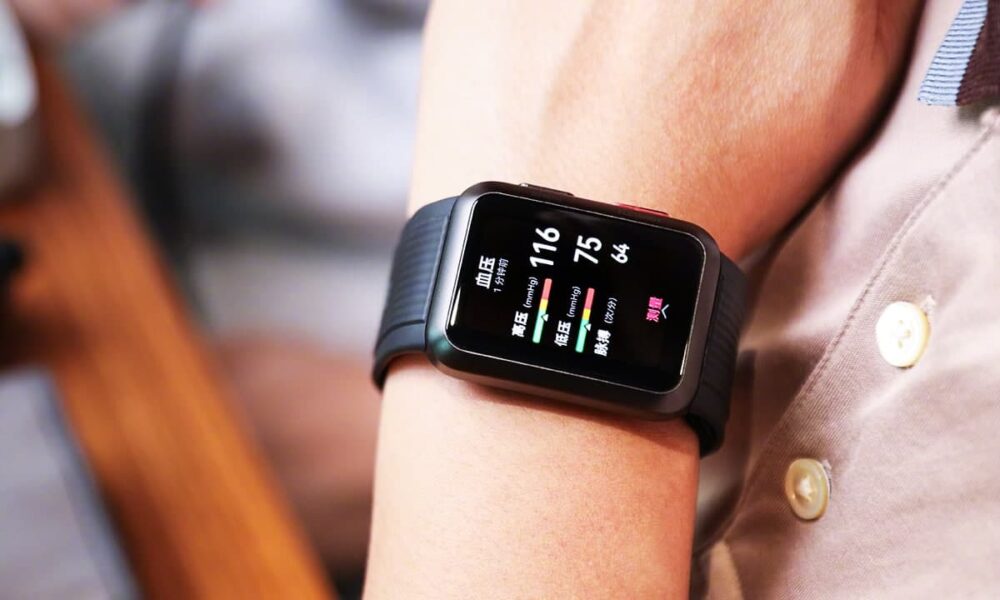The 3D printing technology is constantly evolving, as have its applications in the medical industry, from 3D printed prosthetics to joint replacements. Since the 1990s, dental 3D printing and additive manufacturing dental implant technology have been around. The benefits of 3D-printed dental implants are now well-known to dentists as well as their patients all over the globe. Dentistry has many benefits, both for patients and dentists. The world is now adopting 3D printing to improve the health of our smiles, while also saving money. The 3d printing dental labs are becoming increasingly popular due to a wide range of applications.
3D Printing In Dentistry Today
Tradition dentistry has seen improvements over the years. As with other medical fields, there are often newer technologies that can replace or improve on what is already available. While x-rays are useful for measuring basic shapes, custom implants should be accurate to prevent discomfort and facilitate healing. Molds must be made to the exact dimensions of each patient. This can be time-consuming, invasive, and sometimes uncomfortable.
3D scanning and modeling offer painless solutions. 3D scanning of a patient’s teeth or mouth does not require contact and is far less invasive than the mold-making methods used before. This is great news for those who have anxiety or phobias about dentists and procedures.
3D Printing In Dental Procedures: How Does It Work?
3D-printed dentistry has been able to increase precision, efficiency, safety, and safety. 3D printing has been adopted by Orthodontists to create the desired contours and shapes for customized, perfect-fitting implants. After a scan has been taken using the intraoral scanner, the mold can then be built using a 3DCAD model. The mold can then be 3D printed for any future corrections, dental implants, or prosthetics. Dentists can also use this scan to create drill guides for surgery. This will ensure that implants fit the patient’s mouth. This allows for faster healing and safer prosthetics.
It is important to be precise, not only for aesthetic reasons but also because it allows you to blend in with other teeth that may not necessarily align. Most artificial teeth are designed to be uniform and comfortable, but 3D printers can print more complex and intricate designs. Resin 3D printers print specialized dental resins for accurate dental holds. Prosthetics and implants can be made with relative precision and ease, which reduces the time it takes to produce them. This is especially true when they are made in-house or on-demand. Patients who are in urgent need of important or other procedures will appreciate this.
3D Printed Dental Applications
Implants
Traditional machining is still useful for making these implants. However, there are individual differences in the shape of the mouth, jaw bone structure, and teeth positions that make this more difficult than it should be. By taking scans of your jaw and mouth, you can convert the exact geometry into a model. A 3D-printed tooth can then be created to match the contours. This will allow for a more comfortable fit. After a scan of the patient’s mouth, dentists can start printing the replacement tooth and discussing it with them before they perform surgery. These implants can then be fitted as a replacement tooth with surgery. Patients and practitioners will also be able to save time and money by not having to repeat repeated attempts as often.

Dentures
Most dentures used to be off-the-shelf models. They were custom-made for each patient, but the overall design remained the same across all models. Dentures can now be customized by 3D printing. Prosthetics and crowns can also be printed in 3D. Since the introduction of specific dental resin in early 2019, major breakthroughs have been made in dental prosthetics. This product’s uniqueness also allows for a wider range of treatment options. Traditional methods can be expensive for patient-specific dentures. However, 3D printing is cheaper and patients can get replacements regardless of their income. The main reason for this lower cost is the time savings with in-house printing. Dentures do not need to be made, built, and shipped from another location.
Dental Crowns
Crowns are one of the most versatile dental procedures. Crowns can be used to strengthen weak teeth, bridge and fill cracks, and replace broken tree-tipped teeth. Castable wax can be used to print a crown that can fit over the affected tooth. This ensures a precise fit and comfort. 3D-printed crowns are much more reliable than traditional machined crowns that can be damaged or misfitted.
Aligners and Retainers
As part of post-brace and surgery care, aligners and retainers are often recommended for people with crooked or misaligned teeth. Aligners must be precisely shaped to prevent teeth from being bent out of their place. This can lead to future problems.
Future Of 3D Printing Dentistry
Recent booms in 3D printing for modern dental procedures are due to ever-evolving technological advancements being used in various surgeries and treatments. 3D printing makes it much easier to create and apply dental prosthetics and replacements. Dental practices around the globe are reaping the benefits of 3D printing.


